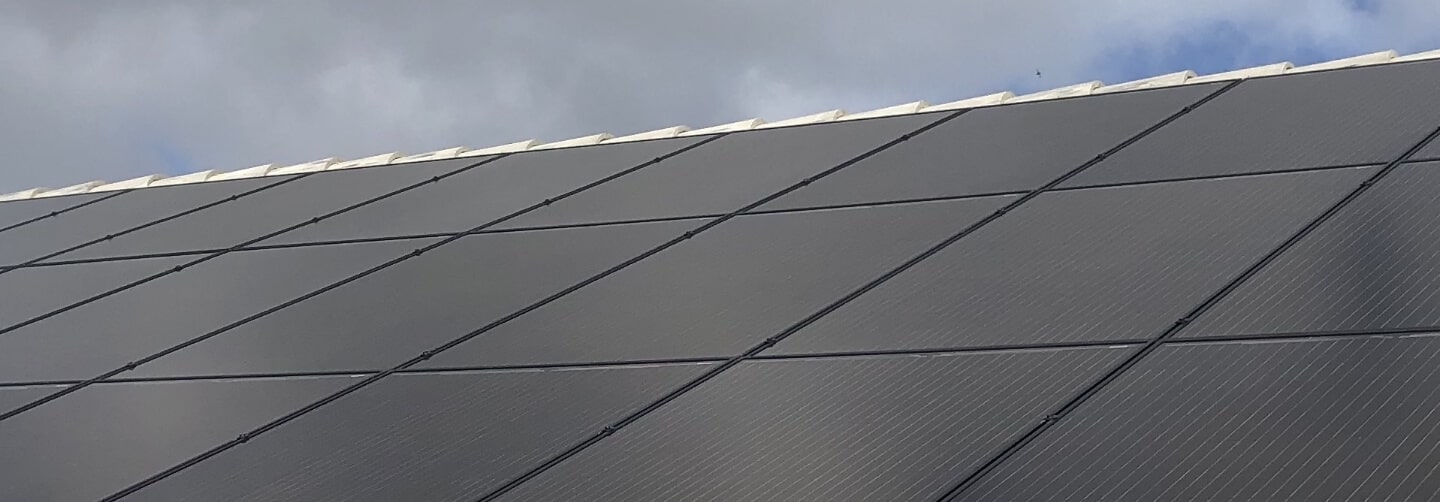Latest Blogs
What Is The Payback Period For Solar Panels?
If you’re considering installing solar panels on your home, you’re likely wondering how long it will take for them to pay for themselves. The answer depends on a variety of factors, but the average payback period is around 10 years. Keep in mind that this…
